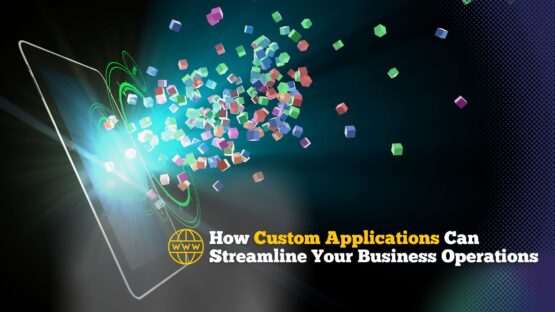The primary objective of any business is to generate maximum number of sales leads from their online presence. It helps the web developers persistently test and tweak the landing pages to enhance the conversion rates. An uplift of 5% in the conversion rates may mean an increase in revenues by thousands of dollars for a business. And that’s not a joke. Yes, all that is understandable. But why designing a landing page in respect to other pages is so imperative? Almost all websites contain similar types of pages – about us, contact page, and so on. Whether you are giving the visitors a proper conversion experience or not is what makes all the difference.
Through a well-constructed landing page, you can make your visitors pay attention and ultimately interact with your conversion initiative – making them click on the Call-to-Action (CTA) button. Therefore, constructing a user-friendly landing page that can improve the conversion rates will be the first watch out of any business. In this blog post, we will focus on some techniques that might help to convert your website visitors. But, before we begin our discussion, you should be aware of the fact that there is no ultimate design for a landing page.
It is a continuous process of testing. The digital world is not static and every variation calls for improvements. You have to bring forth changes until you are satisfied with the rate of conversions (usually a marketer is never happy with the outcome). The perspective of every marketer also differs from the other. Therefore, a landing page design, which clicked for a certain organization may not work for you. Therefore, do not follow the guidelines blindly, and test them yourself:
When visitors land on a webpage, it takes three to eight seconds for them to decide whether they will stay in that page or leave it. They take the decision on the basis whether the information they are looking for are communicated clearly and quickly. If they do not find the necessary data, they will switch to another site immediately.
People do not view a webpage in the same fashion as they view the page of a book. It is not from left to right or top to bottom. You have to provide users a cue how they will go through the pages of your site. This can also play a major role to help you successfully convert them. Here are some strategies that you can implement on your landing page, so that the conversion rate increases:
Direct your visitors’ eyes on the most important part of your page
This is the classic method to enhance the chances of conversion. Capture your visitors’ attention and direct them to the most essential part of your web page. At the end of the day, all your designing efforts will be focused to generate maximum conversions. You can create a separate window in your landing page where the CTA button will be embedded.
You may use strong dynamic shapes to constrain their vision from diverting to other elements on the page.
Contrast and color of your call-to-action button
Contrast and color selection are essential components when you are vying for the visitors’ attention. Highlighting some parts and subduing others give a clear hint to the visitors where they have to look in the page for information. If convinced, they will certainly progress to click the call-to-action button.
You may read tons of information regarding button color, such as – red is the best; orange is inviting, and so on. But, do not listen what different doctrines are prescribing. You first consider the dominant hue of your page and then select a complement color to that for your CTA. Your lookout is to create a contrast and in that respect, the color of the button is not that important.
Using directional cues
The human brain is programmed to understand any visual cue that it comes across on its way. If you see a person staring at something on a barren street, you cannot help but to follow the vision of that lone gazer. The same principle works even when a group of fellows are looking at something. However, the place you are pointing through directional cues must contain clear information.
Consider your goal at the outset
When it comes to deigning a landing page, begin with the end goal in mind. What exactly does a “lead” signifies to you? Having a clear knowledge about this, it becomes easier to determine what actions you expect your customers to take at different points of the sales funnel. Is the lead someone who subscribes a newsletter? Someone who fills a form? Or, requests a call back? Once you are sure of the starting point, adjusting the conversion goal henceforth will not be that difficult.
Establish coherence in design
What’s the language of your ad? Does it bear any resemblance to the landing page? It is seen that 9 out of 10 ad messages do not correspond to what is there on the landing page. It may result in an increase in bounce rates. Not only the languages differ in visuals, the headlines may also lower the conversions.
These tips will hardly do any good unless you test each of them and determine what works for your website.



